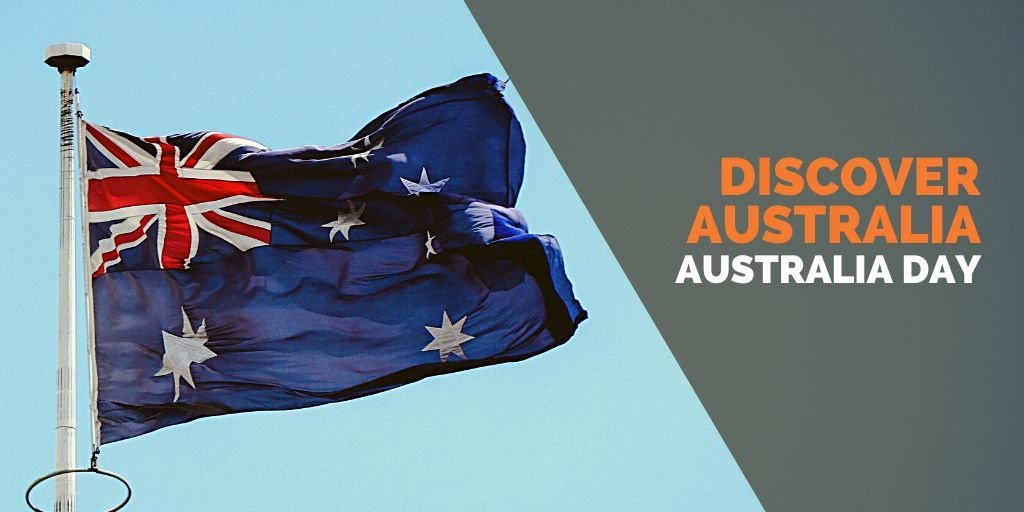Australia's Deadliest Animals
Australia has built a reputation for having some of the most deadly animals in the world. We are home to some of the most venomous snakes and spiders in the world as well a few fearsome predators such as the crocodile and Great White Shark. But amongst these deadliest predators, there are a few that are not very well known. We have made a list with some deadly animals that are not so famous outside Oz:
Stonefish
The stonefish is found in coastal regions and uses its stone like appearance to blend into its surroundings. Due to its ability to camouflage into its environment, the majority of stings are caused from people stepping on them. The fish’s venom can cause extreme pain, however with the development of an anti-venom, no deaths have been recorded.
Jellyfish
Marlin and Dory may have escaped the swarm of jellyfish in the movie "Finding Nemo". However you might not be so lucky if you come across the infamous Irukandji jellyfish. It is named after the Irukandji people that inhabited an area in North Queensland and the jellyfish is mostly found along the coast of Queensland. It can be difficult to spot due to its extremely small size, however its venom is extremely toxic causing victims to suffer from Irukandji syndrome. Symptoms can include severe back pain, cramps, burning sensations, headaches, nausea and vomiting, an increased heart rate and difficulty breathing which can lead to death.
Cone Fish
Contrary to its name, the cone fish is actually a predatory sea snail that can be found in reefs and tropical coastal regions. Whilst its shell might look pretty, be careful not to pick it, as its sting can be deadly.
Blue Ring Octopus
The blue ringed octopus is generally a non-aggressive and docile animal, however when it is provoked or threatened its body will become covered in bright blue rings. Their bite is generally not very painful, however its venom can cause respiratory issues and paralysis that can lead to a heart attack or suffocation.
Cassowary
The cassowary is a large bird species found in North-Eastern Australia. Unlike the other animals listed, it is not venomous or poisonous, but instead it has a large claw on its feet that it uses as weapons when provoked.
















